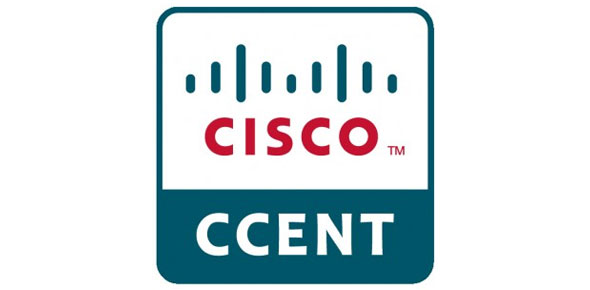CCENT 01
67 Questions
| Attempts: 376
Submit
Submit
Submit
Submit
Submit
Submit
Submit
Submit
Submit
Submit
Submit
Quiz Review Timeline (Updated): Feb 28, 2013 +
Our quizzes are rigorously reviewed, monitored and continuously updated by our expert board to maintain accuracy, relevance, and timeliness.
-
Current Version
-
Feb 28, 2013Quiz Edited by
ProProfs Editorial Team -
Oct 04, 2012Quiz Created by
Ecpidude
















